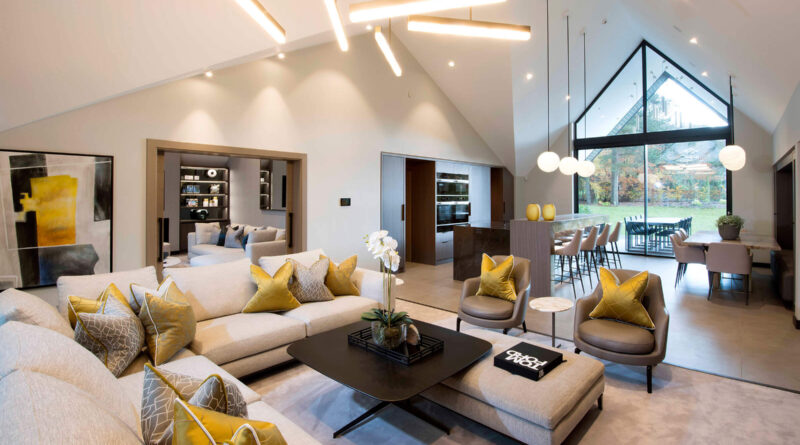DIY vs Professional Smart Home Installation: Which Is Better?
Choosing between DIY vs professional smart home installation is a critical decision for anyone building a smart home in 2025. While DIY vs professional smart home installation both offer distinct advantages, the right choice depends on your technical skills, budget, and the level of customization you want. In this guide, we’ll explore the differences in cost, convenience, and long-term value so you can make a confident and informed decision.
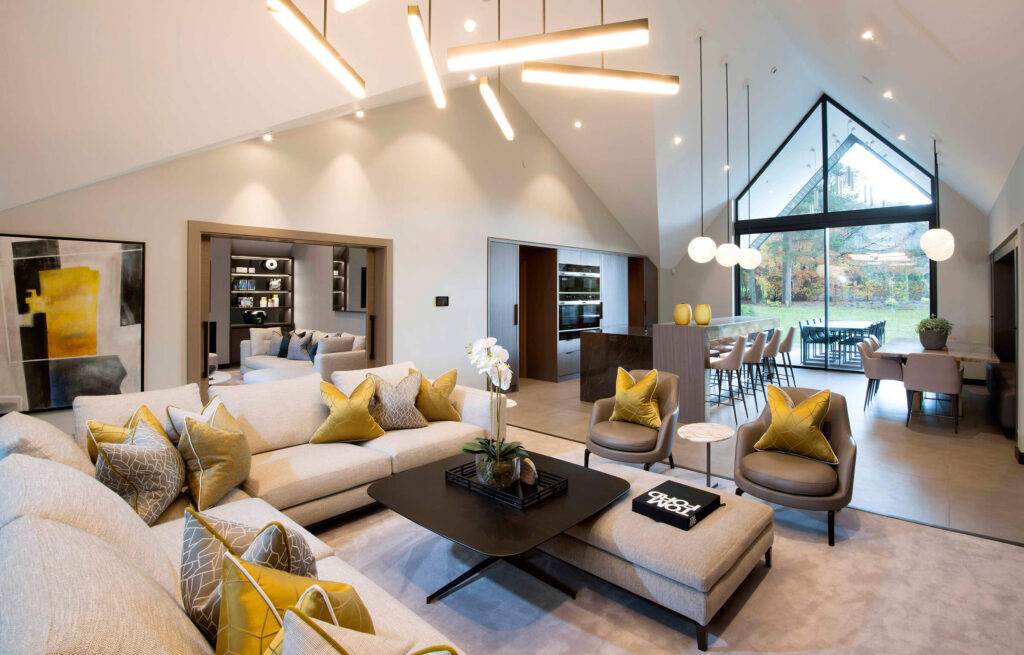
What’s Included in a Smart Home Setup?
Before choosing who should install your system, it’s important to understand what a smart home installation typically involves:
- Smart lighting (bulbs, switches, dimmers)
- Smart security systems (cameras, sensors, alarms)
- Smart thermostats
- Smart locks and doorbells
- Voice assistants and hubs
- Wi-Fi setup and optimization
- Automation routines and app integration
Some of these components are as easy as plug-and-play, while others may require electrical knowledge or network configuration.

Pros of DIY Smart Home Installation
💡 Lower Costs
Doing it yourself is generally much cheaper. You only pay for the devices—not labor. Many products, especially entry-level smart bulbs, plugs, and cameras, are designed for easy setup.
💡 Full Control
You decide what to install, when to install it, and how to configure it. This allows for full customization and gradual expansion at your own pace.
💡 Better Understanding of the System
When you install everything yourself, you learn how it all works. This knowledge is invaluable for future troubleshooting or upgrades.
If you’re weighing the options between DIY vs professional smart home installation, one highly recommended resource is the detailed guide on CNET’s Smart Home Installation Tips. CNET offers expert reviews, step-by-step instructions, and practical advice for both beginners and seasoned tech enthusiasts.
Cons of DIY Smart Home Installation
⚠️ Technical Challenges
While some devices are simple to set up, others (like thermostats or in-wall switches) require wiring knowledge and may pose safety risks if done incorrectly.
⚠️ Time-Consuming
DIY means reading manuals, watching tutorials, and trial-and-error. This can become frustrating if you’re not particularly tech-savvy.
⚠️ Limited Support
If something goes wrong, you’re on your own—unless you’re willing to spend hours on help forums or contacting manufacturers.Common Mistakes to Avoid During Smart Home Installation
When deciding between DIY vs professional smart home installation, it’s important to be aware of common pitfalls that can affect your system’s performance and security.
Overlooking Network Security
A weak or poorly secured Wi-Fi network can expose your smart home to hacking risks. Many DIY installers forget to change default passwords or enable encryption. Professionals usually set up guest networks and recommend strong passwords to protect your devices.
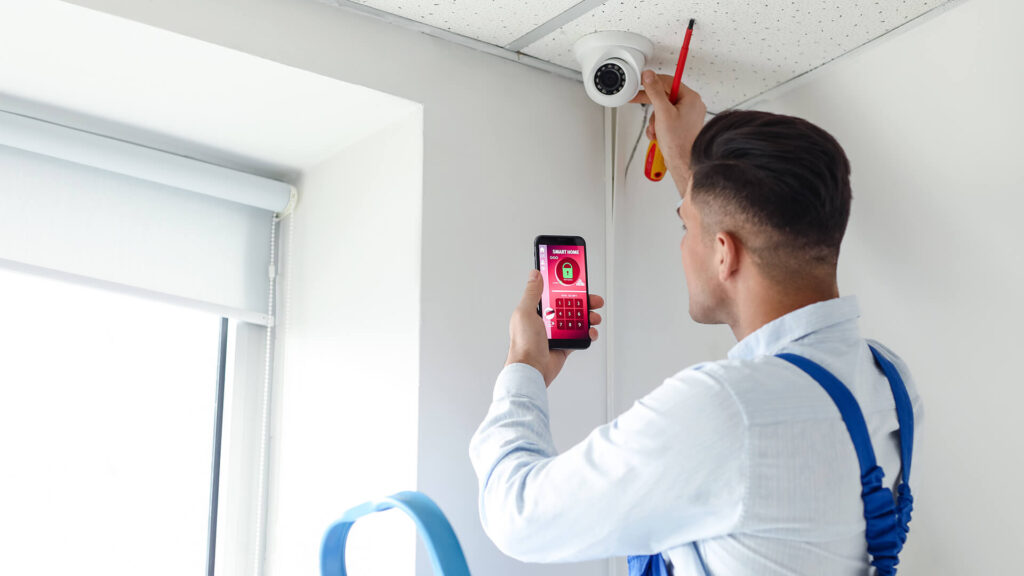
Ignoring Compatibility Issues
Not all smart devices play well together. Buying incompatible products can lead to frustration and wasted money. Always verify that your chosen devices support the same ecosystem, whether it’s Amazon Alexa, Google Home, or Apple HomeKit.
Underestimating Wi-Fi Coverage
Smart devices rely heavily on Wi-Fi. Poor signal strength can cause delays or disconnects. Many beginners forget to assess Wi-Fi range or use mesh networks to cover their entire home effectively.
Skipping Firmware and Software Updates
Keeping your devices up to date is crucial for security and new features. Many users neglect this step, leaving vulnerabilities open. Both DIYers and professionals should schedule regular update checks.
Overcomplicating Automation
Starting with overly complex routines or too many devices can lead to confusion and malfunction. Begin with simple automations, then gradually build more as you become comfortable.
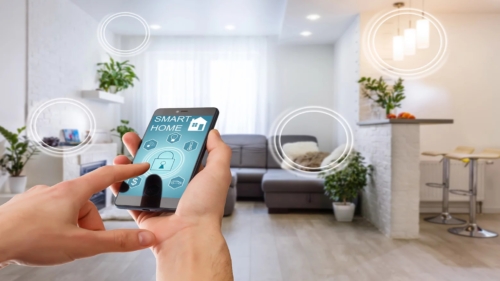
How Professional Installers Mitigate These Mistakes
Professional installers bring experience that helps avoid the above issues:
- They design secure, segmented networks specifically for smart devices.
- Professionals verify device compatibility before installation.
- They perform thorough Wi-Fi site surveys to optimize signal coverage.
- Installers configure automatic firmware updates or provide maintenance plans.
- They recommend starting with manageable automation plans and scale smartly.
DIY Strategies to Overcome Common Challenges
If you choose the DIY path, here are some tips to avoid pitfalls:
Start automations with simple “if this then that” (IFTTT) rules.
Use strong, unique passwords for all devices and your router.
Research and buy devices confirmed to work within your ecosystem.
Consider investing in a mesh Wi-Fi system to improve coverage.
Set calendar reminders for firmware updates.
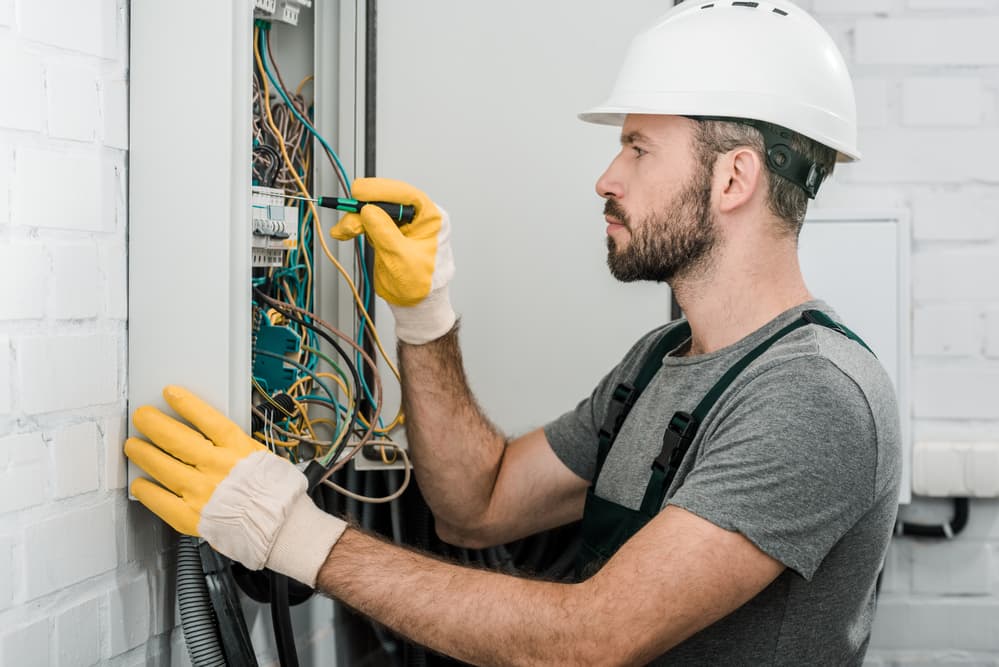
Pros of Professional Smart Home Installation
✅ Professional Expertise
Installers know how to configure multiple devices to work seamlessly. They can optimize placement, signal strength, and app integration.
✅ Time Efficiency
What could take you several hours—or even days—can be done in just a few hours by an experienced pro.
✅ Clean, Safe Setup
Professionals ensure cables are hidden, devices are installed safely, and everything is functioning correctly from the start.
Understanding the price differences is crucial when choosing between DIY vs professional smart home installation. To get a detailed breakdown of expected expenses and budget-friendly tips, check out our comprehensive article on Smart Home Installation Costs: What to Expect. This guide will help you plan your project realistically and avoid surprises down the line.
Cons of Professional Smart Home Installation
❌ Higher Cost
Labor isn’t cheap. Depending on the complexity of your system, installation can cost anywhere from a few hundred to several thousand dollars.
❌ Less Flexibility
Want to change something later? You might need to call the installer again—or risk breaking a carefully set system.
❌ Potential Brand Lock-In
Some professional services only work with specific brands or ecosystems, limiting your freedom to mix and match devices.
Cost Comparison: DIY vs. Professional Installation
| Component | DIY Cost (USD) | Pro Install Cost (USD) |
|---|---|---|
| Smart bulbs (per room) | $60–120 | $150–300 |
| Smart thermostat | $120–200 | $250–450 |
| Doorbell camera | $80–200 | $200–400 |
| In-wall switches/dimmers | $40–80 | $150–300 |
| Full smart home setup | $800–1,500 | $2,000–5,000+ |
Note: Prices vary depending on brand, region, and device complexity.
Hybrid Approach — The Best of Both Worlds?
Many homeowners take a blended approach:
- DIY for simple devices like smart plugs, lights, and speakers
- Professional help for complex systems, such as home security or HVAC integrations
This way, you save money while still ensuring key systems are installed correctly.
When to Choose DIY Installation
Opt for DIY if:
- You’re tech-savvy and enjoy working with gadgets
- Your budget is limited
- You want to install over time, room by room
- You’re working with Wi-Fi-based plug-and-play devices
When to Hire a Professional
Hire a pro if:
- You’re installing wired or high-voltage devices
- You need the entire home automated quickly
- You’re integrating systems like HVAC or full security monitoring
- You want support after installation
Long-Term Considerations
No matter which route you choose, keep in mind:
- Devices will need updates and maintenance
- You might expand your setup later
- Ecosystems (like Alexa, Google, HomeKit) evolve — compatibility matters
- Network performance is key to reliability
Conclusion
In the end, the DIY vs professional smart home installation decision depends on what matters most to you: cost savings and flexibility, or convenience and expertise. Both paths can lead to a successful smart home experience, and in many cases, a mix of both will give you the best results.
Take your time, plan your setup, and don’t be afraid to start small—because even a few smart devices can make a big difference in your daily life.

